Can Jill Stein Carry Sanders’ Baton? A Look at the Green Candidate’s Radical Funding Solution
Pointing to the massive sums the Fed produced out of the blue to bail out Wall Street in 2008, the Green Party presidential candidate says the same resources that saved the perpetrators of the financial crisis could be made available to its Main Street victims.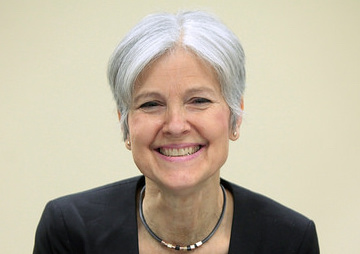 Green Party 2016 presidential candidate Jill Stein. (Gage Skidmore / CC-BY-2.0)
1
2
Green Party 2016 presidential candidate Jill Stein. (Gage Skidmore / CC-BY-2.0)
1
2

Green Party 2016 presidential candidate Jill Stein. (Gage Skidmore / CC-BY-2.0)
Bernie Sanders supporters are flocking to Jill Stein, the presumptive Green Party presidential candidate, with donations to her campaign exploding nearly 1000% after he endorsed Hillary Clinton. Stein salutes Sanders for the progressive populist movement he began and says it is up to her to carry the baton. Can she do it? Critics say her radical policies will not hold up to scrutiny. But supporters say they are just the medicine the economy needs.
Stein goes even further than Sanders on several key issues, and one of them is her economic platform. She has proposed a “Power to the People Plan” that guarantees basic economic human rights, including access to food, water, housing, and utilities; living-wage jobs for every American who needs to work; an improved “Medicare for All” single-payer public health insurance program; tuition-free public education through university level; and the abolition of student debt. She also supports the reinstatement of Glass-Steagall, separating depository banking from speculative investment banking; the breakup of megabanks into smaller banks; federal postal banks to service the unbanked and under-banked; and the formation of publicly-owned banks at the state and local level.
As with Sanders’ economic proposals, her plan has been challenged as unrealistic. Where will Congress find the money?
But Stein argues that the funds can be found. Going beyond Bernie, she calls for large cuts to the bloated military budget, which makes up 55% of federal discretionary spending; and progressive taxation, ensuring that the wealthy pay their fair share. Most controversial, however, is her plan to tap up the Federal Reserve. Pointing to the massive sums the Fed produced out of the blue to bail out Wall Street, she says the same resources used to save the perpetrators of the crisis could be made available to its Main Street victims, beginning with the students robbed of their futures by massive student debt.
It Couldn’t Be Done Until It Was
Is tapping up the Fed realistic? Putting aside for the moment the mechanics of pulling it off, the central bank has indeed revealed that it has virtually limitless resources, as seen in the radical “emergency measures” taken since 2008.
The Fed first surprised Congress when it effectively “bought” AIG, a private insurance company, for $80 billion. House Speaker Nancy Pelosi remarked, “Many of us were . . . taken aback when the Fed had $80 billion to invest — to put into AIG just out of the blue. All of a sudden we wake up one morning and AIG has received $80 billion from the Fed. So of course we’re saying, Where’s this money come from?”
The response was, “Oh, we have it. And not only that, we have more.”
How much more was revealed in 2011, after an amendment by Sen. Bernie Sanders to the 2010 Wall Street reform law prompted the Government Accounting Office to conduct the first top-to-bottom audit of the Federal Reserve. It revealed that the Fed had provided a whopping $16 trillion in secret loans to bail out American and foreign banks and businesses during the economic crisis. “This is a clear case of socialism for the rich and rugged, you’re-on-your-own individualism for everyone else,” said Sanders in a press release.
Then there was the shocker of “quantitative easing” (QE), an unconventional monetary policy in which the central bank creates new money electronically to buy financial assets such as Treasury securities and mortgage-backed securities (many of them “toxic”) from the banks. Critics said QE couldn’t be done because it would lead to hyperinflation. But it was done, and that dire result has not occurred.
Unfortunately, the economic stimulus that QE was supposed to trigger hasn’t occurred either. QE has failed because the money has gotten no further than the balance sheets of private banks. To stimulate the demand that will jumpstart the economy, new money needs to get into the real economy and the pockets of consumers.
Why QE Hasn’t Worked, and What Would
The goal of QE as currently implemented is to return inflation to target levels by increasing private sector borrowing. But today, as economist Richard Koo explains, individuals and businesses are paying down debt rather than taking out new loans. They are doing this although credit is very cheap, because they need to rectify their debt-ridden balance sheets in order to stay afloat. Koo calls it a “balance sheet recession.”
As the Bank of England recently acknowledged, the vast majority of the money supply is now created by banks when they make loans. Money is created when loans are made, and it is extinguished when they are paid off. When loan repayment exceeds borrowing, the money supply “deflates” or shrinks. New money then needs to be injected to fill the breach. Currently, the only way to get new money into the economy is for someone to borrow it into existence; and since the private sector is not borrowing, the public sector must, just to replace what has been lost in debt repayment. But government borrowing from the private sector means running up interest charges and hitting deficit limits.
The alternative is to do what governments arguably should have been doing all along: issue the money directly to fund their budgets.
Central bankers have largely exhausted their toolkits, prompting some economists to recommend some form of “helicopter money” – newly-issued money dropped directly into the real economy. Funds acquired from the central bank in exchange for government securities could be used to build infrastructure, issue a national dividend, or purchase and nullify federal debt. Nearly interest-free loans could also be made by the central bank to state and local governments, in the same way they were issued to rescue an insolvent banking system.
Just as the Fed bought federal and mortgage-backed securities with money created on its books, so it could buy student or other consumer debt bundled as “asset-backed securities.” But in order to stimulate economic activity, the central bank would have to announce that the debt would never be collected on. This is similar to the form of “helicopter money” recently suggested by former Fed Chairman Ben Bernanke to the Japanese, using debt instruments called “non-marketable perpetual bonds with no maturity date” – bonds that can’t be sold or cashed out by the central bank and that bear no interest.
Your support matters…Independent journalism is under threat and overshadowed by heavily funded mainstream media.
You can help level the playing field. Become a member.
Your tax-deductible contribution keeps us digging beneath the headlines to give you thought-provoking, investigative reporting and analysis that unearths what's really happening- without compromise.
Give today to support our courageous, independent journalists.
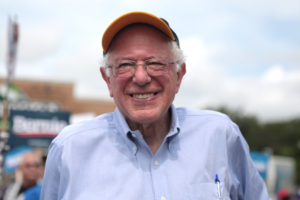
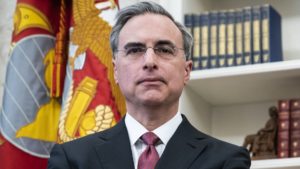
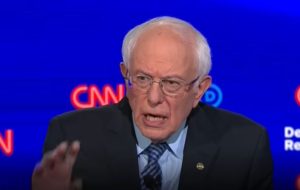
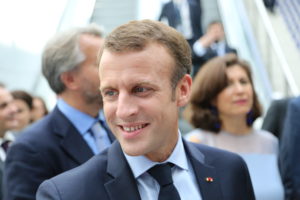
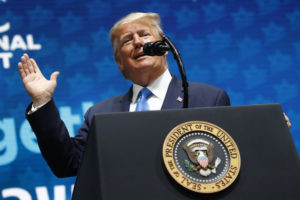
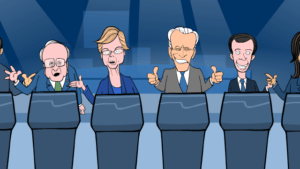
You need to be a supporter to comment.
There are currently no responses to this article.
Be the first to respond.